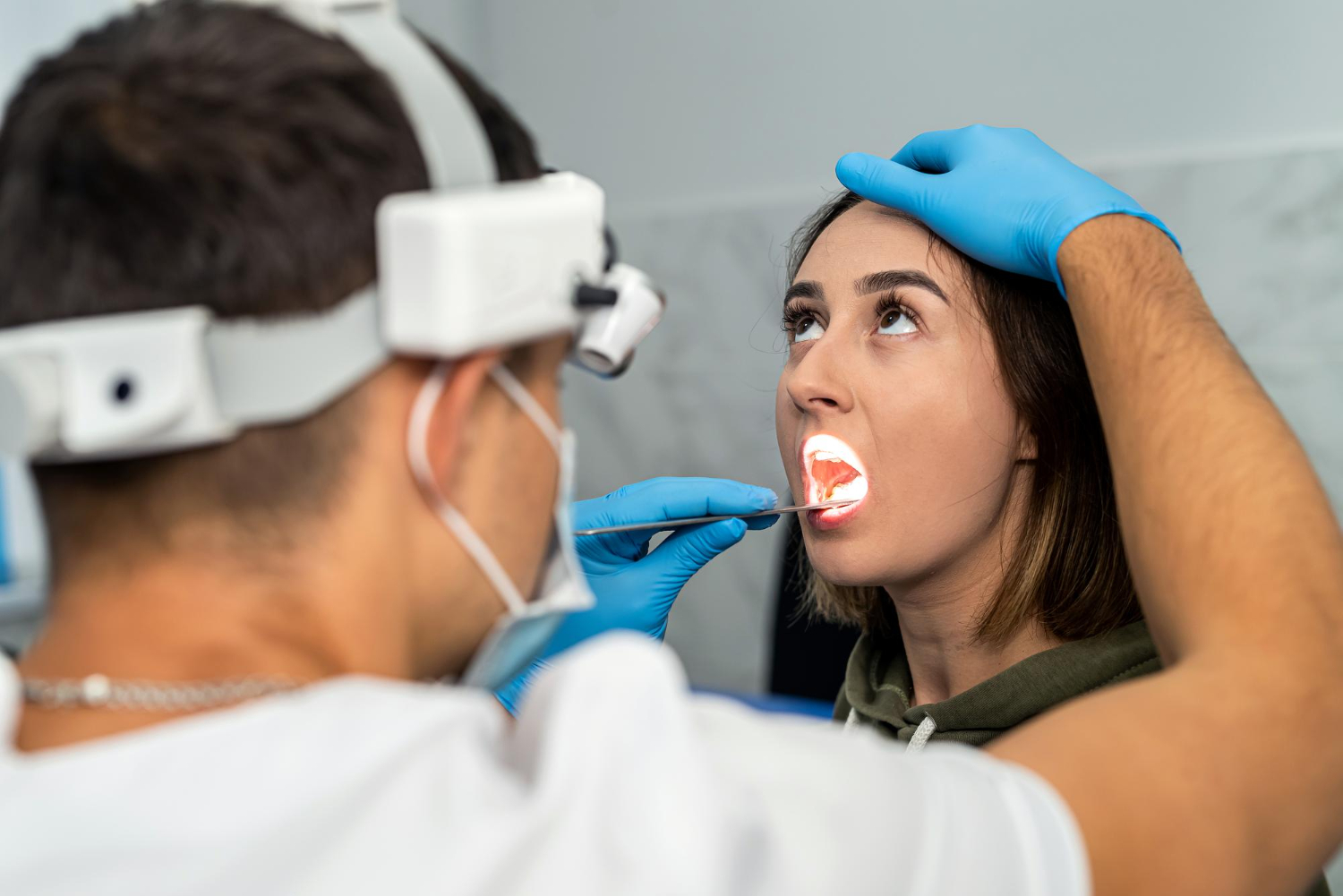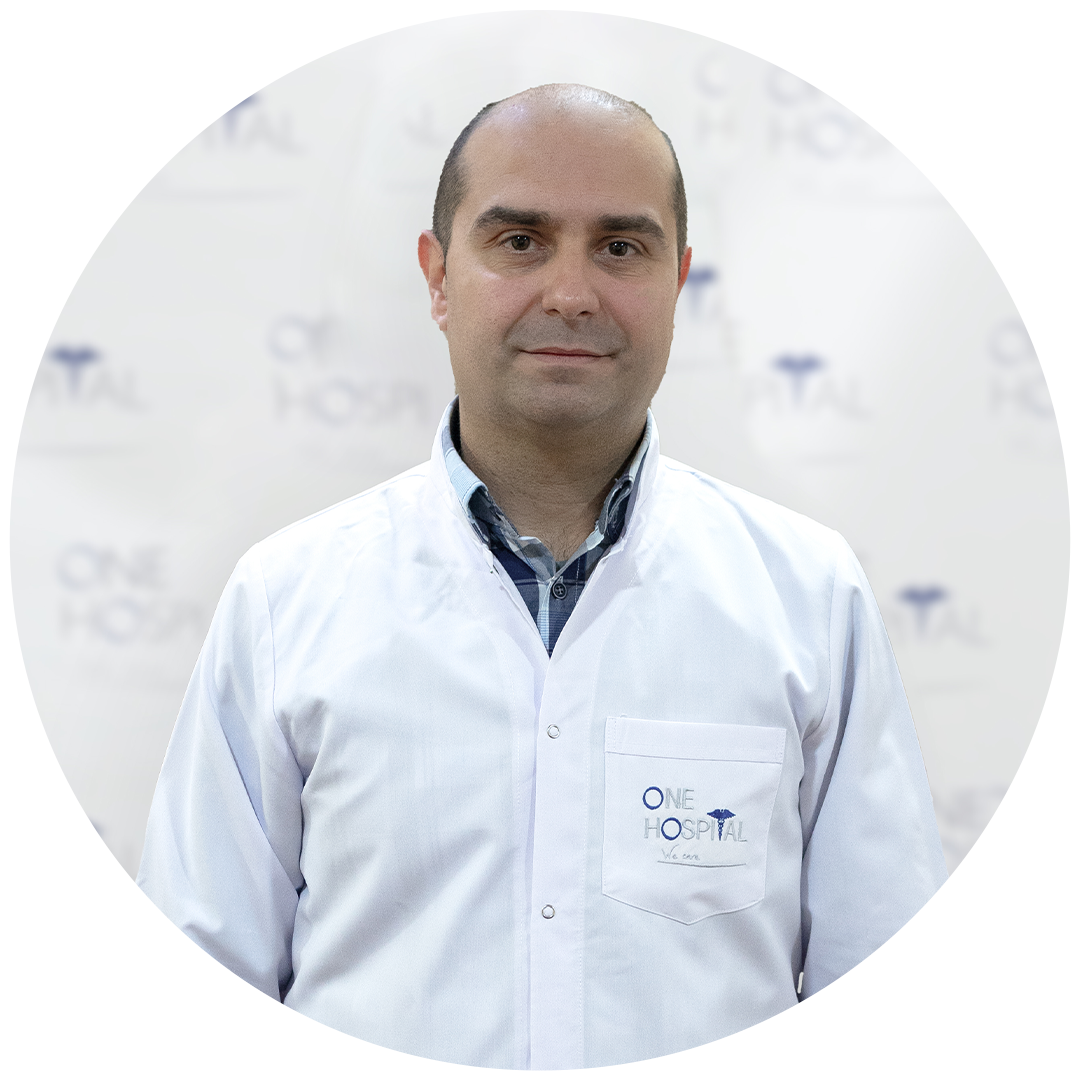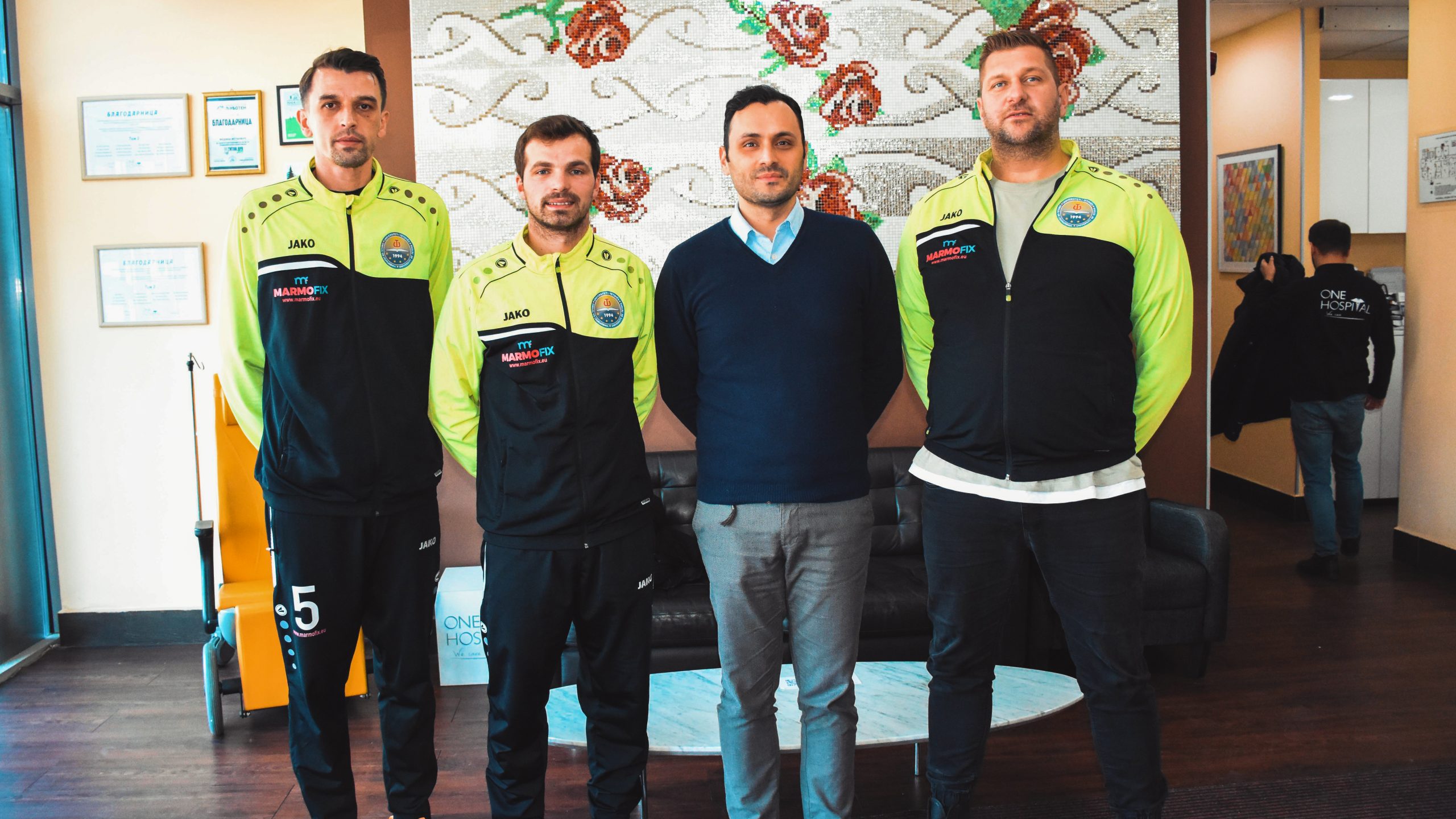Процедури и интервенции
What is it Used For?
Your healthcare provider may recommend removing your tonsils, adenoids, or both if you have these symptoms:
Frequent or ongoing sore throats or throat infections
Trouble breathing or swallowing
Swollen tonsils or unusual tissue growth
Ongoing bad breath
Why do I need a turbinectomy?
Your doctor might recommend a turbinectomy to alleviate chronic nasal congestion correct a deviated septum (with a septoplasty) minimize snoring address sleep apnea adjust airflow to reduce nosebleeds
This procedure is usually suggested if the problem can’t be fixed with more conservative approaches such as nasal steroids and allergic rhinitis treatment.
Adenoidectomy is the surgical removal of the adenoid for reasons which include impaired breathing through the nose, chronic infections, or recurrent earaches.
Caldwell-Luc surgery, Caldwell-Luc operation, also known as Caldwell-Luc antrostomy, and Radical antrostomy, is an operation to remove irreversibly damaged mucosa of the maxillary sinus. It is done when maxillary sinusitis is not cured by medication or other non-invasive technique. The approach is mainly from the anterior wall of the maxilla bone. It was introduced by George Caldwell(1893)and Henry Luc(1897). The maxillary sinus is entered from two separate openings, one in the canine fossa to gain access to the antrum and other in the naso antral wall for drainage.
Why it’s done
A crooked septum is common. But when it’s severe, a deviated septum can block one side of your nose and reduce airflow, causing difficulty breathing through one or both sides of your nose.
Septoplasty straightens the nasal septum by trimming, repositioning and replacing cartilage, bone or both.
If you experience symptoms — such as difficulty breathing through your nose — that affect your quality of life, you may consider surgery to fix a deviated septum.
Why might I need a nasal endoscopy?
You might need a nasal endoscopy if your healthcare provider needs more information about problems such as:
Nasal congestion
Nasal blockage
Nasal and sinus infection (rhinosinusitis)
Nasal polyps
Nasal tumors
Nosebleeds
Loss of ability to smell
Cerebrospinal fluid leak
Symptoms of a nasal fracture can include:
Pain
Displaced bone and/or cartilage (nasal septum)
Changes in the appearance (shape) of the nose
Nose bleed
Difficulty breathing through the nose
Collection of blood (septal hematoma)
Swelling and bruising of nose and eyelids
Surgical Therapy
Treatment can be divided into emergent and elective definitive categories. Bilateral choanal atresia in a neonate is an emergency that is best initially treated by inserting an oral airway to break the seal formed by the tongue against the palate. This oral airway can be well tolerated for several weeks. The method of repair is controversial, with no technique having gained universal acceptance. Bilateral choanal atresia in the newborn requires prompt diagnosis and airway stabilization. An oral airway, McGovern nipple, and intubation are viable options. The ideal procedure for choanal atresia restores the normal nasal passage, prevents damage to growing structures important in facial development, is technically safe, requires short operative time, and provides short hospitalization and convalescence.
What are the symptoms of an ear tumor?
Symptoms of an ear tumor vary depending on the tumor type and the part of the ear it affects. You may be able to feel a bump on the outer part of the ear.
Signs of an ear tumor include:
Dizziness or balance problems.
Ear bleeding or discharge.
Ear pain.
Headaches.
Hearing loss.
Nonhealing wound or sore.
Skin discoloration, new moles or changes to a mole.
Swollen lymph nodes.
Tinnitus (ringing in the ear).
Weak facial muscles.





